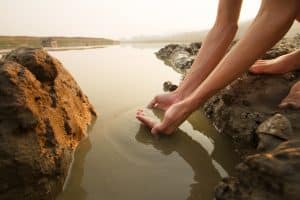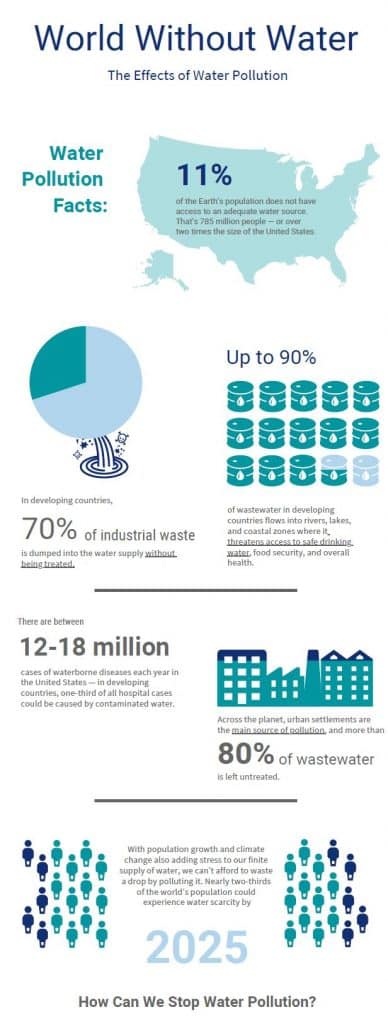With shelter in place orders in effect throughout the country due to COVID-19, more people are at home now than ever before. For the last eight weeks, 90 percent of individuals and families have occupied much of their time inside, and residential water usage has spiked across many parts of the nation.
Why Be Mindful?
During a time of economic uncertainty, it is important to be mindful of how much water we use, specifically to keep utility bills low and to reduce waste. While it is inevitable that our water usage will go up while being at home, we should be consciously aware of where and how we use water.
What Products Use the Most Water?
Before you begin thinking about your water usage, it’s important to understand which household items use it the most.
Outdoor Irrigation Systems – with spring in bloom, many people are landscaping their yards. Planting grass and flowers, and even dealing with weeds requires a lot of water. In fact, 30 percent of water consumption within the home comes from water irrigation systems. Check out a previous blog post on saving water in your yard.
Toilets -Toilets account for about 20 percent of water usage in the home. Many newer toilets are designed with water conservation in mind, but if you live in an older home with original fixtures, you could be using up to 50 gallons (or more) a day just by flushing the toilet.
Washing Machines – Washing machines make up roughly 15 percent of in-home water usage. Newer machines use 15-30 gallons per wash, but older machines can use up to 45 gallons.
Showers – Showers account for about 12 percent of household water usage. For families of two or more, this number can increase.
Faucets – Sinks and bathroom faucets make up another 11 percent of water usage, with an additional 13 percent come from leaks.
Reducing Wasted Water
With the above water usages in mind, learn how you can stop wasting water while you’re home due to COVID-19.
Watch out for leaks – check your sinks, faucets, toilets, and other pipes to assure that there are no leaks. Leaky pipes can seem harmless, but over time, hundreds of gallons of water go to waste.
Take shorter showers – Did you know that by cutting your shower time by just two minutes a day can save nearly 2,000 gallons of water each year?
Turn off water when brushing teeth – When you start your teeth brushing, be sure to only use the faucet when it’s time to rinse.
Hand wash your dishes – If you can avoid using your dishwasher daily, you can save up to 3 gallons of water per day.
Be mindful with lawn care – Watering your grass in the early morning or late evening will avoid the chance of it evaporating during the middle of the day.
While we may not have all the answers when it comes to COVID-19, these simple strategies will save water and money during the pandemic.


